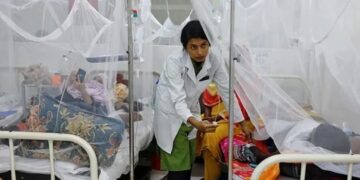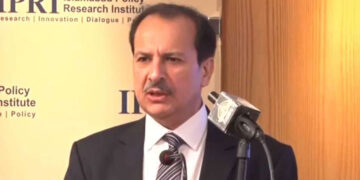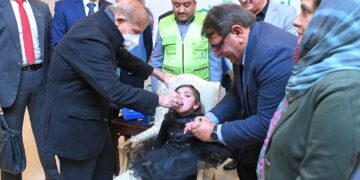Traces for the Wild poliovirus type 1 (WPV 1) has been reported in four more sewage samples that were taken from the previously infected districts. After the recent uptick, the overall number for this year’s environmental samples reached 112.
The confirmation about the above mentioned has been made by the Regional Reference Laboratory for Polio Eradication at the National Institute of Health which said that three samples collected from around different districts of Karachi and sample collected from Pishin have been found positive.
The samples were genetically linked to the imported YB3A cluster of WPV1.
As per the lab official, the virus was found in sewage samples of 33 districts this year so far.
He added that, “All the positive samples and the two human cases reported this year contains YB3A cluster, which disappeared from the nation in 2021, remained in circulation in Afghanistan and was introduced through cross-border transmission last year.”
“Samples of sewage water from the area are a basic parameter to determine the success of polio campaigns. Moreover, the presence of virus in sewage also shows that the immunity level of children in the area has fallen and they are at risk of catching the disease,” he said
About Wild Poliovirus type 1 (WPV 1)
Poliovirus is one of the three strains of poliovirus that can result in causing poliomyelitis, mainly known as polio. Poliovirus is a member of the Enterovirus genus, which is from Picornaviridae.
It is highly contagious and spreads mainly through the fecal-oral route, meaning it is transmitted through contaminated food, water or contact with the infected.
This virus mainly shows no symptoms or very less symptoms, which include paralysis. It targets the nervous system of the patients, which potentially leads towards causing paralysis of muscles kind of situation for the infected person or patient.



























